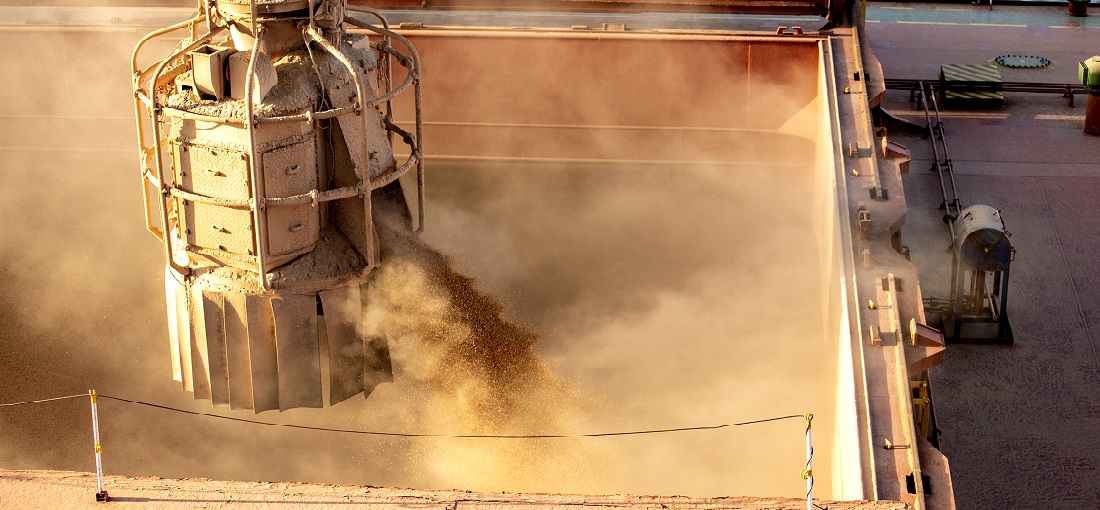
How the U.S. election could push down soybean and corn prices
Jul, 17, 2024 Posted by Gabriel MalheirosWeek 202429
The potential return of Republican Donald Trump to the U.S. presidency could further push down international soybean and corn prices, which are already at their four-year lowest. Analysts suggest that Trump’s return might reignite the U.S.-China trade war, reducing demand for American-grown grains.
This year, soybean prices have dropped 20.11% and corn prices 18.23% on the Chicago exchange, according to Valor Data. This decline is primarily due to expectations of high supply in the U.S. for the 2024/25 harvest.
Analysts predict even steeper price drops if Trump is re-elected, following his recent surge in popularity after Saturday’s attack.
“Corn and soybean prices could fall even further if he [Trump] returns to the White House due to expectations of a new trade war between the U.S. and China. A trade war between the two countries would be harmful to American soybean farmers. Furthermore, Trump also criticized Mexico, which could affect U.S. grain sales to that country,” says Ronaldo Fernandes, an analyst at Royal Rural.
In April 2018, Trump imposed 25% tariffs on Chinese imports, prompting Beijing to retaliate with restrictions on American products. At that time, Brazil filled the gap left by the U.S. in soybean exports to China. This scenario could repeat if Trump wins the election, adding momentum to the trade war, said Luiz Fernando Gutierrez, analyst at Safras & Mercado. “Chinese demand for soybeans from Brazil increased greatly, and Brazil broke an export record during the first trade war. Theoretically, if a new dispute breaks out, Brazil could benefit once again, given that China will come and buy any soybean left sparred,” he noted. In 2018, Brazil exported 83.3 million tonnes of soybeans, 22% more than the previous year.
Marcela Marini, grains and oilseeds analyst at Rabobank, notes that Chicago investors have not yet factored in the possibility of Trump’s return. “The share of U.S. exports to China is much lower than five years ago. Perhaps it is a consequence of what happened in the past. China has reduced the pace of purchases of American soybeans while increasing purchases from Brazil and Argentina,” Marini observes.
The chart below shows Brazil’s soybean export volume between January 2021 and May 2024, according to DataLiner data.
Soybean Export Volume | Jan 2021 – May 2024 | WTMT
Source: DataLiner (click here to request a demo)
Production Outlook
Regardless of the outcome of the U.S. election, the current downward price trend is already a reality. The United States Department of Agriculture (USDA) forecasts a harvest of 120.70 million tonnes of soybeans in the U.S. for the 2024/25 cycle, a 6.5% increase over the previous season. Final stocks are expected to grow by 26.1%, reaching 11.85 million tonnes.
For corn, the USDA expects a 1.5% decrease in the harvest to 383.56 million tonnes, following a record harvest, with stocks projected at 53.26 million tonnes, or 11.7% higher.
“There is a well-founded reason for the current price scenario. The USDA’s quarterly stock report showed a 22% increase in the country’s soybean and corn reserves compared to last year, with a volume above the average of the last ten years. That’s why we have such depressed prices,” says Felipe Kotinda, an economist at Santander.
Kotinda also notes that after spikes in soybean and corn prices, it is natural for prices to undergo corrections. In 2022, soybeans peaked at $15 per bushel and corn at $8 per bushel due to the COVID-19 pandemic.
Analysts suggest prices could rebound if La Niña or the hurricane season negatively impacts American production. Weather irregularities affecting the planting of the 2024/25 harvest in Brazil in September could also influence prices.
Source: Globo Rural
Click here to be redirected to this story’s original rendition in Portuguese: https://globorural.globo.com/cotacoes/noticia/2024/07/como-a-eleicao-nos-eua-amplia-pressao-sobre-cotacoes-de-soja-e-milho.ghtml
-
Grains
Dec, 21, 2021
0
Argentina’s Wheat Harvest Set to be Record in 2021/22
-
Meat
Nov, 24, 2021
0
Conab technicians inspect MT warehouses that export to China and Russia
-
Other Logistics
Dec, 03, 2020
0
35 new Brazilian infrastructure projects approved by the CPPI
-
Ports and Terminals
Oct, 23, 2019
0
Container handling at the Port of Itajaí grows 33% in September

